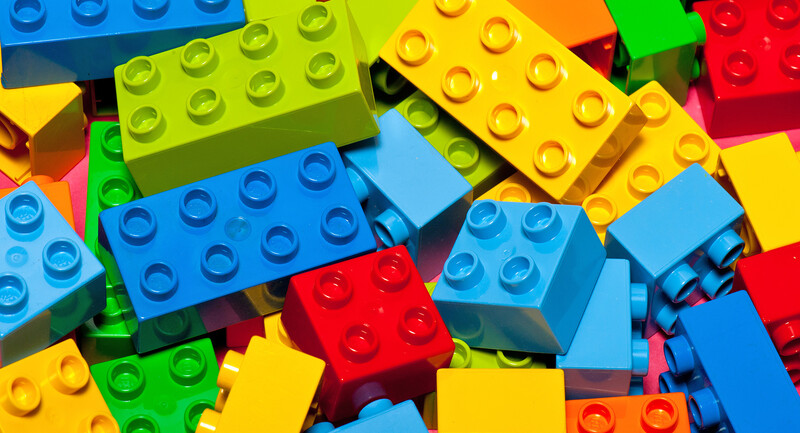We humans sometimes make things harder on ourselves. When we face challenges, we look for solutions in shiny new programs or strategies. We accumulate resources and ideas, piling on to our already teetering plates.
This tendency to add as a method of problem solving—rather than subtract—surfaced in a study by researchers from the University of Virginia. Over the course of eight experiments, they found that, when faced with a challenge, people default to a state of "more."
In one series of tasks, participants were shown an illustration of a miniature-golf hole and asked to come up with cost-effective ways to improve it. The researchers marked whether the ideas were additive ("install a windmill") or subtractive ("remove the sand trap"). More than 70 percent turned out to be additive, only 8 percent subtractive, and 20 percent were neither.
In another task, participants altered a Lego structure so it could hold a brick over the head of a figurine without collapsing, earning a dollar if they succeeded. Participants had the option of procuring additional plastic bricks for 10 cents each or working with the materials on hand. Although it came with a price (buying bricks), 86 percent of participants' changes were additive.
Only when subjects were given a cue—that they could add or subtract—did they devise more creative solutions.
Researcher Leidy Klotz broke down the findings in an article for the Character Lab, warning—in a quote that has definite relevance to school leaders—that "subtraction neglect is widespread. … Don't succumb to the instinct that more is always better. There's nothing wrong with adding, but it's not the only path to improvement."
The idea of overcoming this addition addiction is echoed in Tamera Musiowsky-Borneman and C. Y. Arnold's new book The Minimalist Teacher (ASCD, 2021), a guide to paring down teaching to its essentials. Only by clearing our physical and mental clutter—letting go—can educators prioritize the work that matters.









